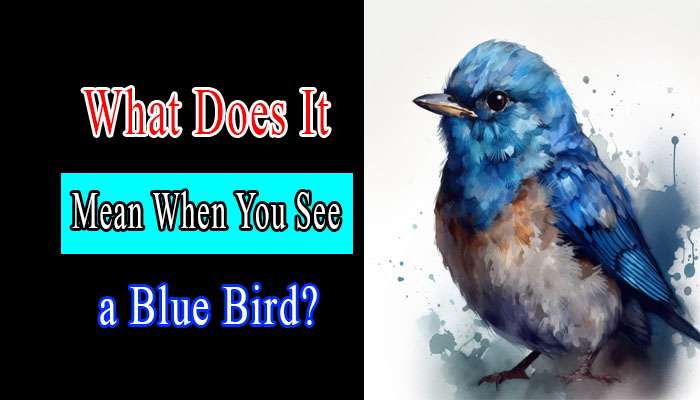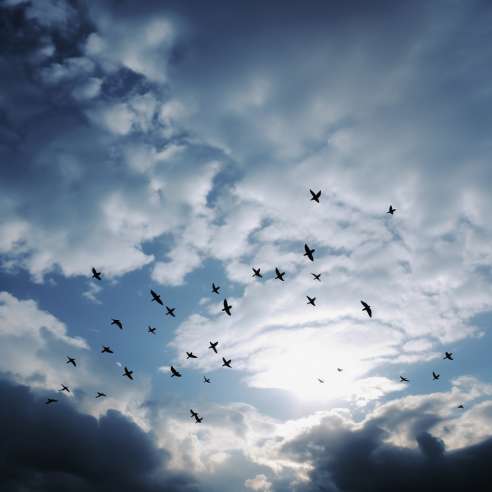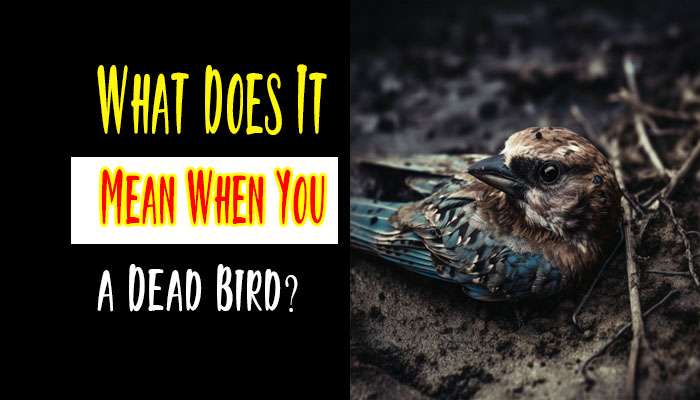Bird Photography Tips: Capture the Beauty of Birds
Bird photography is a fascinating hobby that allows you to capture the beauty of birds in their natural habitats. Whether an amateur photographer or a seasoned professional, these bird photography tips will help you enhance your skills and take stunning pictures of our feathered friends.
This comprehensive guide will cover various aspects of bird photography, including equipment, techniques, and composition. So grab your camera and get ready to explore the world of avian photography!
Equipment Essentials for Bird Photography
To capture breathtaking images of birds, you need the right equipment. Here are some essential tools for bird photography:
Also Read: How to Attract Birds to Your Backyard?
1. DSLR or Mirrorless Camera
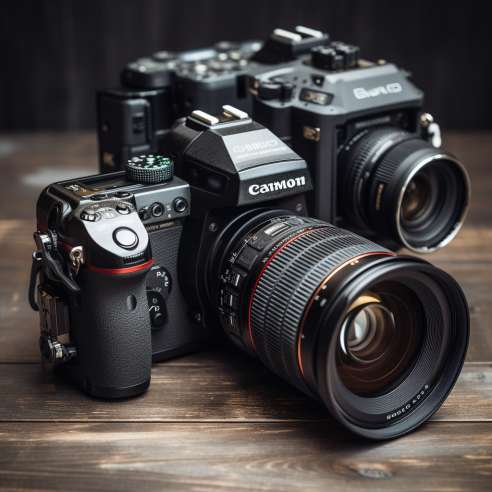
Invest in a high-quality DSLR or mirrorless camera with interchangeable lenses. These cameras offer superior image quality, fast autofocus, and the ability to capture birds in motion.
2. Telephoto Lens
A telephoto lens is a must-have for bird photography. Look for lenses with a focal length of at least 300mm to bring distant birds closer and capture fine details.
3. Tripod or Monopod

Stability is crucial for sharp bird photographs. Consider using a sturdy tripod or monopod to keep your camera steady, especially when using longer telephoto lenses.
4. Extra Batteries and Memory Cards
Bird photography sessions can be time-consuming, so carrying extra batteries and memory cards is essential to avoid missing precious moments.
Camera Settings for Bird Photography

Once you have the right equipment, it’s time to optimize your camera settings for bird photography. Here are some key settings to consider:
1. Shutter Priority Mode
Set your camera to shutter priority mode (Tv or S mode) to control the shutter speed. Birds are often in motion, so a fast shutter speed (1/1000s or higher) will help freeze their movements.
2. Continuous Autofocus (AI Servo or AF-C)
Enable continuous autofocus to track moving birds accurately. This mode allows your camera to adjust focus continuously as the bird moves within the frame.
Read More: Bird Watching for Beginners
3. Burst Mode
Birds can be unpredictable, and capturing their behavior requires rapid shooting. Activate burst mode (continuous high-speed shooting) to take a series of shots in quick succession.
4. RAW Format
Shoot in RAW Format to retain maximum image data. RAW files contain more details and allow for better post-processing adjustments.
Composition Tips for Bird Photography

Composition plays a vital role in creating visually appealing bird photographs. Here are some composition tips to make your images stand out:
1. Rule of Thirds
Apply the rule of thirds by dividing your frame into nine equal parts with two vertical and two horizontal lines. Place the bird’s eye or the focal point on one of the intersecting points to create a balanced composition.
2. Use Leading Lines
Incorporate leading lines, such as branches or diagonal tree trunks, to guide the viewer’s eye toward the bird. This adds depth and visual interest to your photograph.
3. Negative Space
Leave some negative space around the bird to give it a sense of freedom and emphasize its surroundings. This technique adds a minimalist touch to your composition.
4. Eye Level Perspective
Capture bird images at eye level to establish a connection with the viewer. Get down to the bird’s level by crouching or using a low-angle tripod for more engaging shots.
Lighting Techniques for Bird Photography

Proper lighting can transform an ordinary bird photograph into a breathtaking masterpiece. Here are some lighting techniques to consider:
1. Golden Hour
Take advantage of the golden hour, which occurs during the first hour after sunrise and the last hour before sunset. The soft, warm light during this time enhances the colors and textures in your bird photographs.
2. Backlighting
Experiment with backlighting to create dramatic silhouettes or to highlight the bird’s feathers. Shoot toward the light source, and use exposure compensation to achieve the desired effect.
3. Diffused Light
On overcast days, diffused light provides soft and even illumination, reducing harsh shadows. It’s an excellent opportunity for capturing intricate details and colors in the bird’s plumage.
4. Avoid Harsh Shadows
When photographing under direct sunlight, use a fill flash or a reflector to fill in the shadows on the bird’s face. This technique helps to reveal more details and avoids the loss of information in shadowed areas.
Fieldcraft and Ethical Considerations
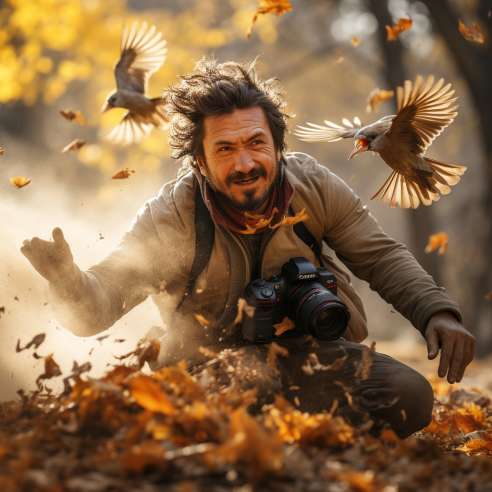
Bird photography requires patience, respect for wildlife, and ethical practices. Here are some fieldcraft and ethical considerations to keep in mind:
1. Research Bird Behavior
Study the behavior and habitats of the birds you intend to photograph. This knowledge will help you anticipate their movements and capture more engaging shots.
2. Avoid Disturbing Birds
Maintain a safe distance from the birds to avoid causing them stress or interfering with their natural behavior. Use long lenses to get close without intrusion.
3. Be Mindful of Nesting Seasons
During nesting seasons, it’s crucial to avoid disturbing nesting birds or revealing the location of their nests. Keep a respectful distance and use a telephoto lens to capture images.
4. Follow Local Regulations
Respect and adhere to local regulations and guidelines for bird photography. Some areas may have restrictions or designated photography zones to protect vulnerable bird species.
Frequently Asked Questions (FAQs)
How can I attract birds to my backyard for photography?
To attract birds to your backyard, create a bird-friendly environment by providing food, water, and shelter. Set up bird feeders, birdbaths, and native plants that offer nesting spots and food sources.
What is the best time of day for bird photography?
The golden hour, early morning, and late afternoon provide the best lighting conditions for bird photography. The soft, warm light during these times adds a magical touch to your images.
How can I capture birds in flight?
Capturing birds in flight requires practice and quick reflexes. Set your camera to continuous autofocus mode, use a fast shutter speed, and track the bird’s movement through the viewfinder. Patience and anticipation are key.
Which autofocus mode is best for bird photography?
The continuous autofocus mode (AI Servo or AF-C) is ideal for bird photography. It lets your camera track moving birds and maintains focus as they fly or reposition within the frame.
How can I achieve a blurred background in bird photography?
To achieve a blurred background (bokeh) in bird photography, use a wide aperture (low f-stop number) to create a shallow depth of field. This will separate the bird from its background, making it the main focus.
What post-processing techniques are recommended for bird photography?
In post-processing, you can enhance your bird photographs by adjusting exposure, contrast, sharpness, and color balance. Use editing software like Adobe Lightroom or Capture One to fine-tune your images.
Conclusion
Bird photography is a rewarding and exciting pursuit that allows you to capture the beauty and elegance of birds. By following these bird photography tips, mastering the right techniques, and respecting the birds and their habitats, you can elevate your skills and create stunning images that showcase the wonders of avian life.
Invest in the right equipment, optimize your camera settings, and pay attention to composition and lighting. Additionally, practice ethical fieldcraft to ensure the well-being of the birds and adhere to local regulations.

